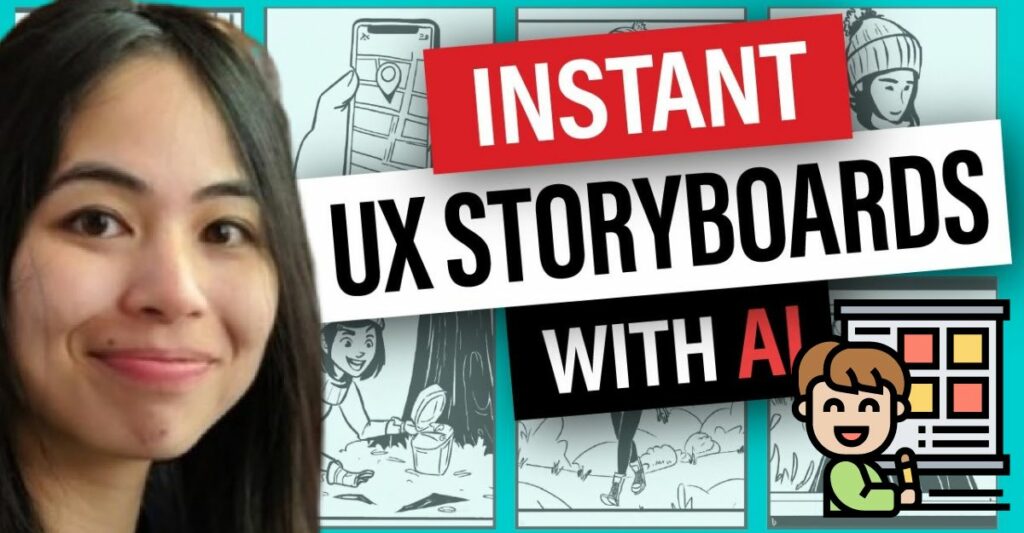Introduction
A product designer Marice Sy has shared insights on crafting effective storyboards with AI tools such as Bing Image Creator and Dalle. They underscore the significance of maintaining consistency in character design and artistic style, and have provided a template to formulate precise prompts that lead to successful outcomes.
Additionally, they tackle the challenge of illustrating user interactions with the user interface, proposing a mirror board as a viable solution. The presentation culminates with a reference to a complimentary, regularly updated storyboarding cheat sheet resource available for designers. This guide is tailored to enhance the creation process, emphasizing the use of AI tools for designers seeking to refine their storytelling and visual communication skills in the realm of product design.
Create storyboards in 10 minutes with these magic AI prompts
Storyboarding
Storyboarding is a process where designers create visual representations of how a user might interact with a product. It helps to visualize the user experience and is crucial for getting feedback from stakeholders early in the design process. A product designer emphasizes the importance of storyboarding in his work and shares tips on how to use AI tools to streamline the creation.
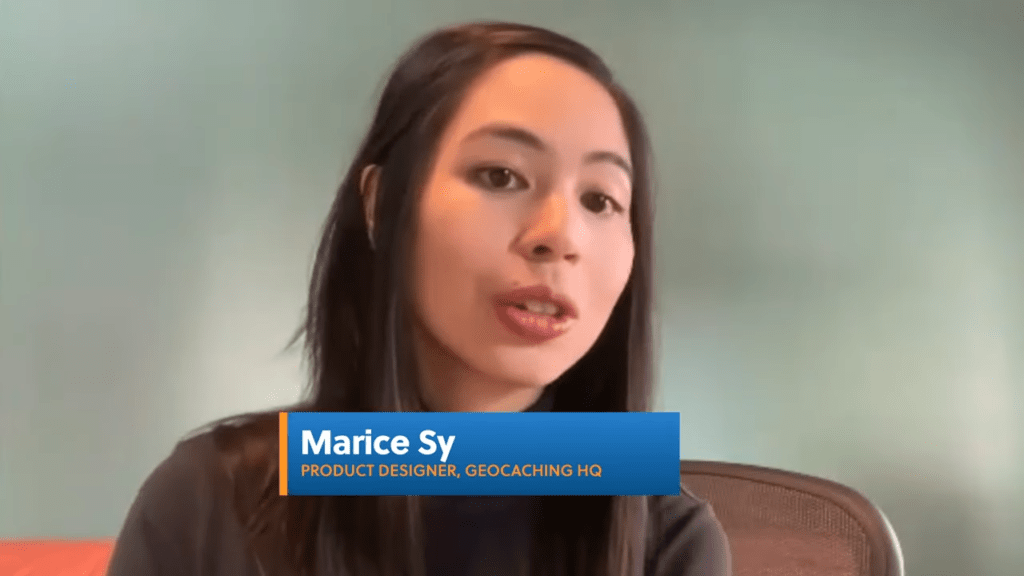
Storyboard Cheat Sheet
A Storyboard Cheat Sheet is a resource that compiles useful tips, tricks, and recommended prompts for creating effective storyboards. It serves as a quick reference guide for designers to improve their workflow and efficiency when using AI tools for storyboarding. In the video the team have created a cheat sheet to help keep designers up-to-date with the latest recommendations for storyboard prompts.
Character Consistency
Character Consistency is the practice of maintaining a uniform appearance and behavior for characters across all frames of a storyboard. This is important for telling a coherent story and ensuring that the audience can easily follow the narrative. In the video, Marice emphasizes the importance of character consistency and provides tips on how to achieve it using AI tools.
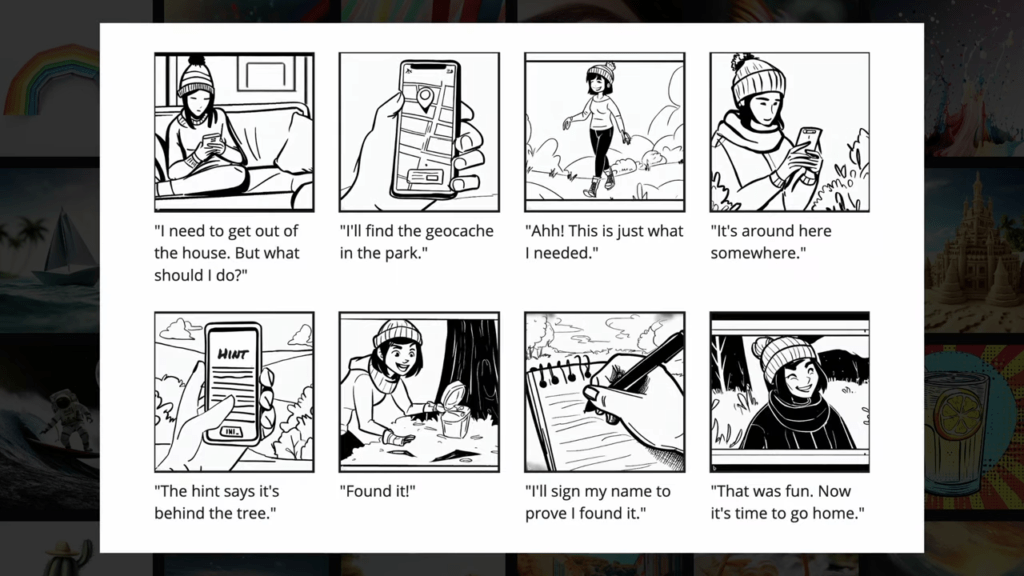
Templates
Templates in the context of the video refer to pre-defined frameworks or structures that designers can use to ensure consistency in their storyboards. By using templates, designers can maintain a uniform art style and character representation throughout their work. Marice shares his own template that he spent three hours perfecting, which allows him to create more efficiently.
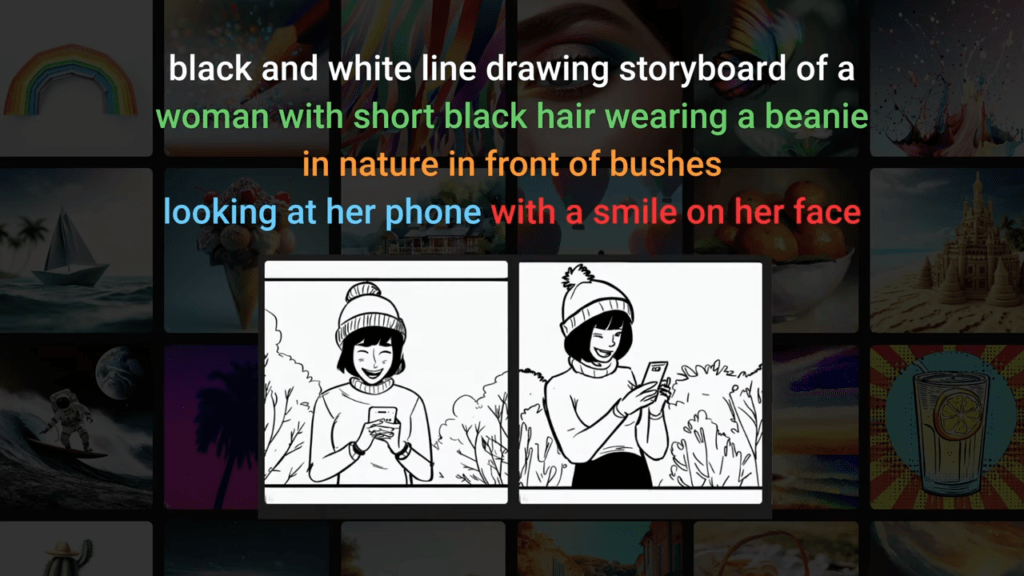
Q&A
Which AI tools are mentioned for creating?
Bing Image Creator powered by Dalle, and ChatGPT.
What is the purpose in product design?
Storyboards help visualize how a customer might use a product in their everyday life, which aids in getting feedback early in the design process.
What challenges does she face when using AI tools?
Challenges such as achieving a coherent story, maintaining consistent styles and characters, and accurately depicting user interactions with UI elements.
How did she overcome the challenge of maintaining a consistent art style?
She created a template that ensures consistency by specifying the art style and character details as the first part of the prompt when using Bing Image Creator.
What is the importance of context?
Context is crucial because it helps show people using the product in real-world situations, making the storyboards more relatable and effective.
What is the advice for saving time when using AI tools?
Using a well-crafted template with specific prompts and saving favorite frames to a collection for easy re-use.
Enhancing Storyboards with AI Rendering
In the pursuit of creating engaging and visually appealing storyboards, designers can leverage the power of AI-enhanced coloring and rendering tools. PromeAI’s Sketch Rendering feature is a prime example of this technological advancement, offering a seamless way to transform basic sketches into vivid, detailed illustrations. By utilizing this AI tool, designers can achieve a richer color palette and added depth, thereby enhancing the narrative and user engagement.
Successful examples of AI-rendered storyboards demonstrate the potential of blending traditional sketching with cutting-edge technology, resulting in captivating visual stories that effectively communicate the user journey and interaction with products. This innovative approach not only saves time but also elevates the quality of design presentations, making them more compelling and easier to understand for stakeholders and users alike.
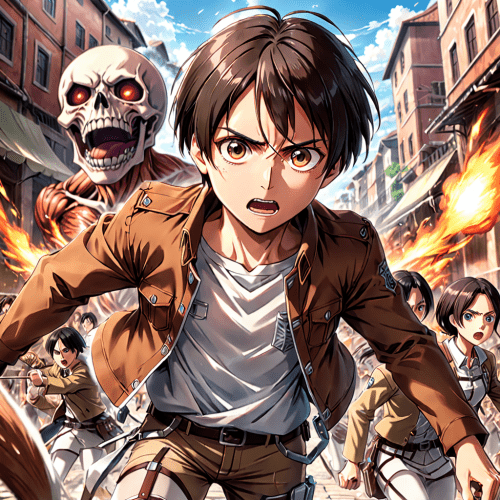
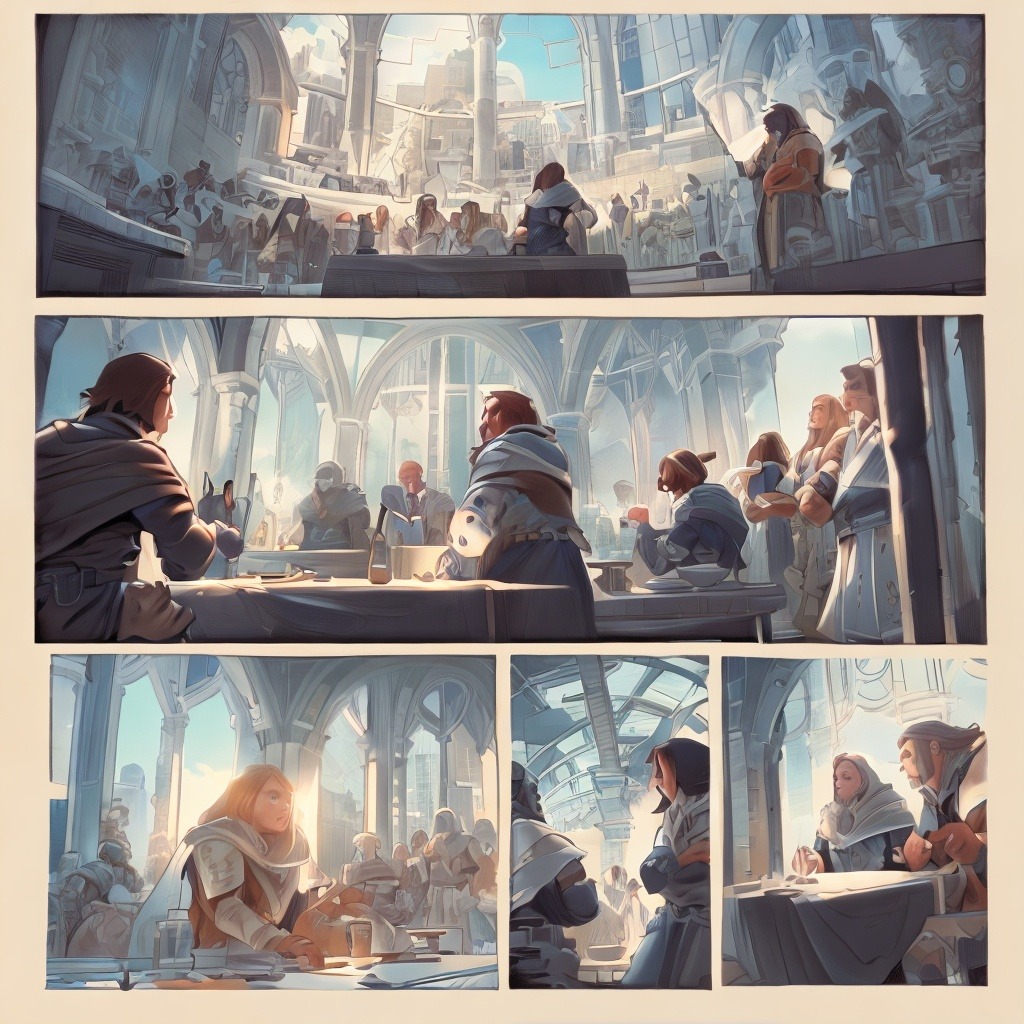
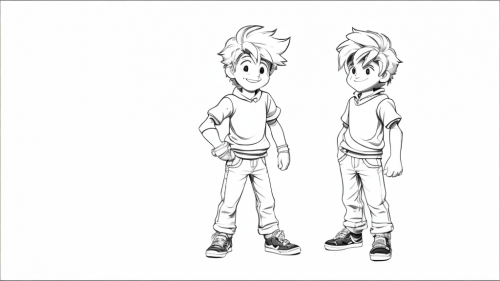
Conclusion
In the digital design world, where stories come to life through visuals, AI has stepped in to give storyboards a vibrant makeover. The article from PromeAI’s blog dives into the nitty-gritty of using artificial intelligence to spice up storyboards, turning them from mere sketches into dynamic, color-rich narratives. It’s all about marrying the artistry of traditional design with the muscle of AI, creating a synergy that not only saves time but also supercharges the storytelling aspect of product design.
With the help of tools like PromeAI’s Sketch Rendering, designers can now bring their characters and scenes to life with a level of detail and consistency that was once a pipe dream. So, strap on your creative thinking cap, and let AI be your co-pilot on the journey to crafting that are as engaging as they are informative. The future of design is here, and it’s looking pixel-perfect!
Conclusion
In the digital design world, where stories come to life through visuals, AI has stepped in to give storyboards a vibrant makeover. The article from PromeAI’s blog dives into the nitty-gritty of using artificial intelligence to spice up storyboards, turning them from mere sketches into dynamic, color-rich narratives. It’s all about marrying the artistry of traditional design with the muscle of AI, creating a synergy that not only saves time but also supercharges the storytelling aspect of product design.
With the help of tools like PromeAI’s Sketch Rendering, designers can now bring their characters and scenes to life with a level of detail and consistency that was once a pipe dream. So, strap on your creative thinking cap, and let AI be your co-pilot on the journey to crafting that are as engaging as they are informative. The future of design is here, and it’s looking pixel-perfect!

